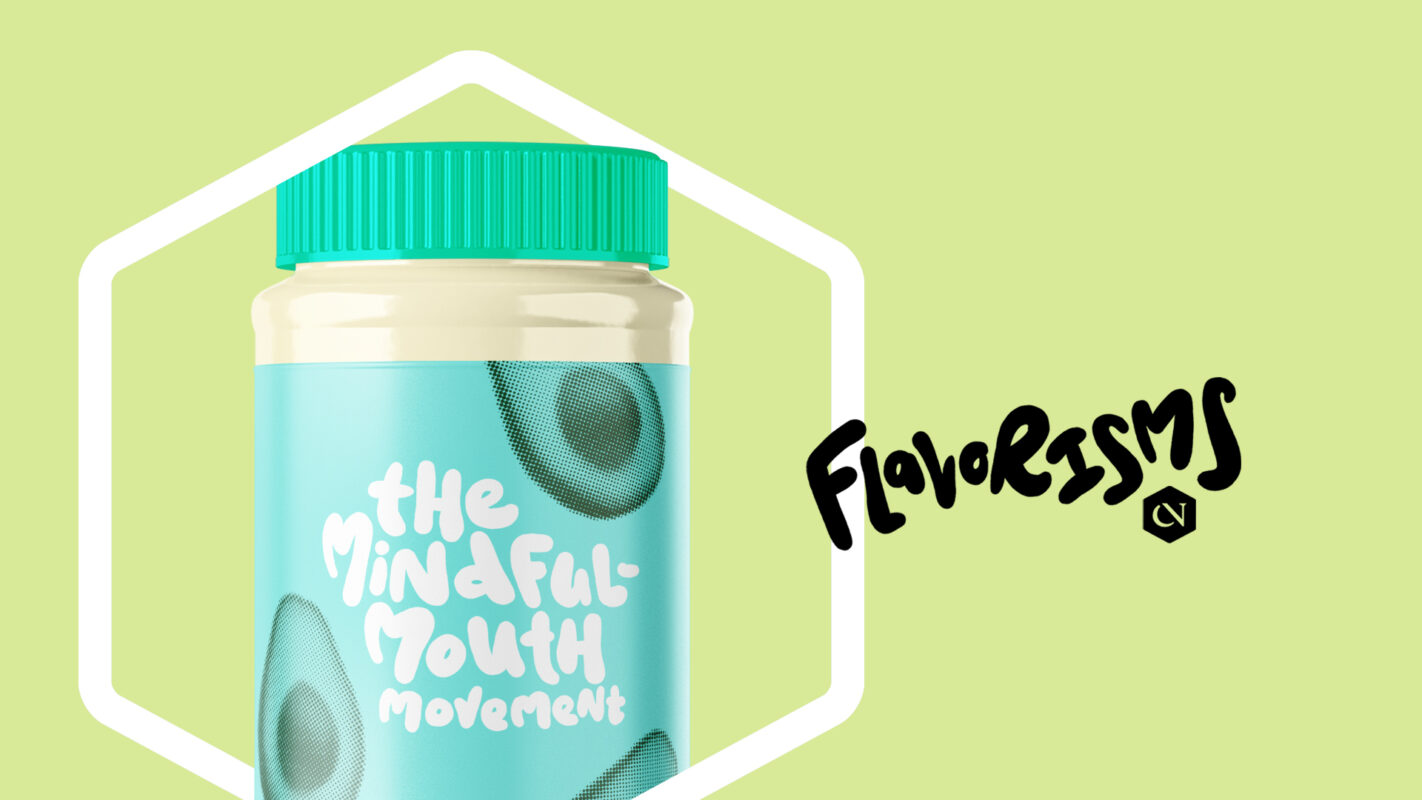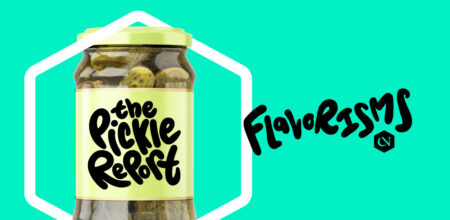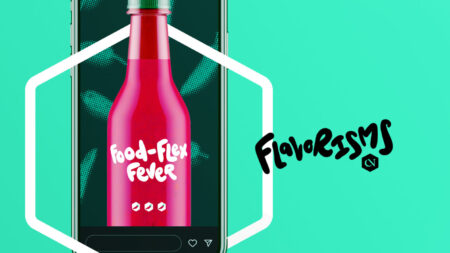The monolith of doctor-as-defining-voice has morphed into doctor-as-part-of-the-puzzle. We are now capable of being our own best advocates and are, more and more, looking for solutions that exist outside of the traditional system. We’re putting the “we” in wellness, and as such, are increasingly skeptical of the things we put into our bodies and our brains.
You can see this mindfulness crest around areas of tension in our society. How do we handle wellness in a wired, social-media world, for example? These are the questions raised in books like The Anxious Generation. It’s humans, in real-time, sorting out issues before they’ve even revealed themselves fully. Beta-testing of the highest order, on our minds and well-being.
The seeking of non-traditional answers and the self-hacking mindset come together in powerful form in the world of food. After decades of being served the ultra-processed and flavor-engineered, people are looking at their plates and wondering if they’ve been subject to slow-drip poisoning. And are testing and troubleshooting new ways to nourish themselves. What works best for my micro-biome? Will avoiding x, y, or z make me feel less bloated and fatigued? What’s maximizing my brain health and alertness? The hacking of health introduced terms like “superfoods” and “functional beverages” and helped usher in the movements like sober-curious and plant-based. Throw in the fuel of social-media media evangelists primed to trumpet the next new thing, and these trends become codified lifestyles at breakneck speed.
No matter where a brand or product sits on the wellness spectrum, there are ways to juice this trend for benefit. And it starts with understanding how your consumers think about – and consume – your product. Are they preparing it a certain way to maximize a benefit? Are they limiting their consumption to alleviate some concern? Once you know these things, you can respond to them. That response might be a formulation change or ingredient-swap. Or something as simple as acknowledging how your product fits into a certain lifestyle.

It wasn’t enough to deliver a web experience that consumers were craving. We knew Floridians wanted recipe content that featured the healthy products from their home state. It was after learning that 58% of Florida consumers had groceries delivered to their home or office that we turned up the heat. To give consumers more of what they wanted, we partnered with Relish, making all 450 recipes shoppable for delivery. Farm fresh Florida-grown food is now delivered directly to their door.
Point is, a wholesale makeover isn’t always the answer. You don’t have to be the butter that goes plant-based overnight. You can ease concerns by acknowledging them. And showing how your brand can work in concert with them. Listening to consumers is hardly a new idea. But seeing your product through the lens of the new wellness world can be a helpful device.
We love talking food. Drop us a line below and let’s connect.










